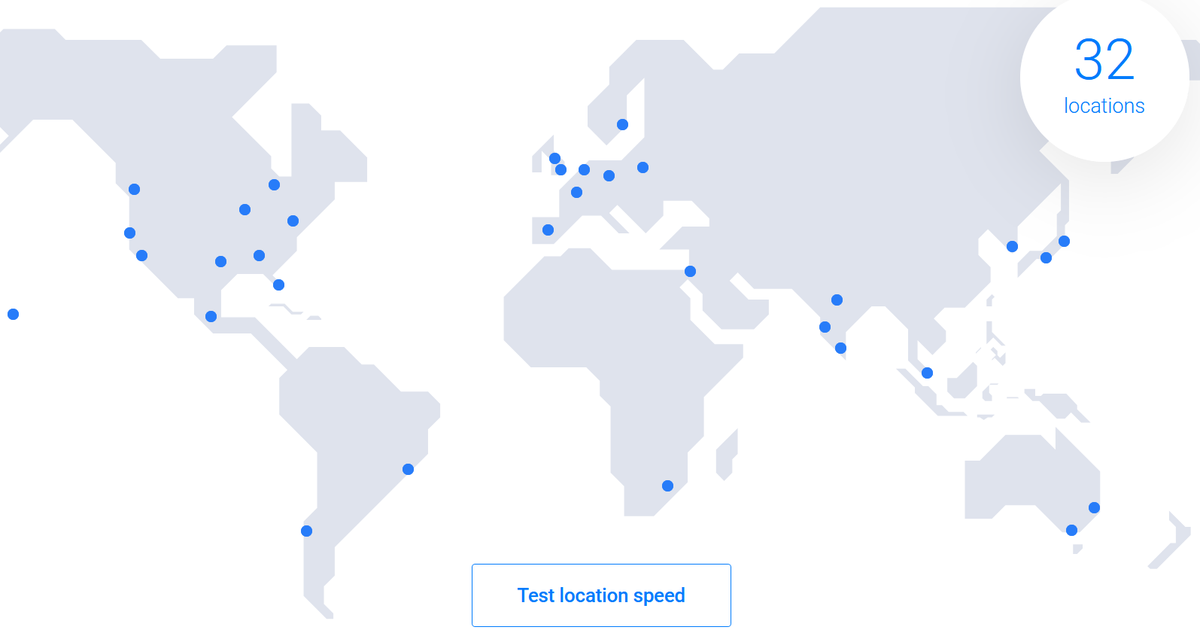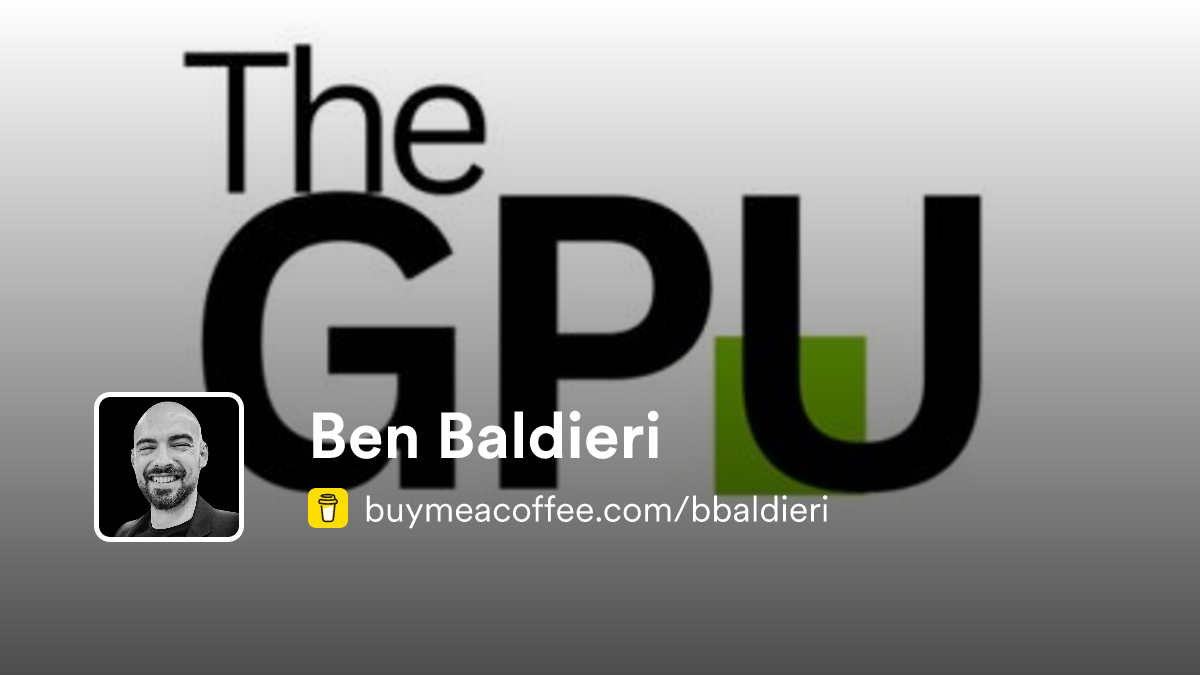Let’s talk power grabs. And opportunists.
Google just lost its second antitrust lawsuit. And naturally, OpenAI is circling, saying it would buy Chrome if regulators force Google to sell it off. If that acquisition happens, the story would be the last thing I ever read on the browser.
But, as ever, that’s not all that’s going on in the market.
I’m Ben Baldieri, and every week I break down the moves shaping GPU compute, AI infrastructure, and the data centres that power it all.
Here’s what’s inside this week:
Let’s get into it.
The GPU Audio Companion Issue #37
Want the GPU breakdown without the reading? The Audio Companion does it for you—but only if you’re subscribed. If you can’t see it below, fix that here.
OpenAI Says It Would Buy Chrome
OpenAI’s Nick Turley dropped a bomb in court this week: the company would buy Chrome if Google is forced to spin it off.
OpenAI would buy Google's Chrome, exec testifies at trial reut.rs/4cN4moc
— #Reuters (#@Reuters)
10:05 PM • Apr 22, 2025
The statement came during the DOJ’s ongoing antitrust trial against Alphabet, where divesting Chrome is one of the proposed remedies for Google’s alleged search monopoly. Turley argued that owning Chrome would help OpenAI integrate ChatGPT more deeply into users’ browsing experience. And, in turn, likely give OpenAI access to A LOT more training data.
Why this matters:
OpenAI wants a distribution channel, not just users, and Chrome is the ultimate.
Browser data, assuming regulations mean it’s available for training, would likely be incredibly useful for delivering personalised AI experiences.
If Chrome goes on sale, expect a bidding war. And a fresh wave of antitrust scrutiny for whoever wins it.
Read the full story here:
Nvidia Ships NeMo Microservices
Nvidia just made its NeMo stack generally available for enterprise AI agents.
NeMo is now a modular system of microservices, designed to power “data flywheels” that help agents learn, adapt, and stay relevant. It includes tools for data prep, fine-tuning, evaluation, guardrails, and RAG, all designed to flow into a continual learning loop. And with AT&T, Cisco, and others already building internal copilots with it, this isn’t just another Nvidia experiment.
Why this matters:
Vanilla inference with standard off-the-shelf models is not where true enterprise value lies. That comes through deploying custom models fine-tuned with company data.
The NeMo stack makes that entire process easier, and now it includes model-agnostic, enterprise-grade agent workflows.
With releases like this, it’s starting to look like Nvidia is making increasingly direct plays for customers that would otherwise be targets for Copilot or Amazon Q.
Read the full story here:
CoreWeave Scales Up Again, Vultr Hints at IPO
CoreWeave is deploying yet more capacity.
Galaxy Digital Holdings Ltd. - Galaxy Announces Commitment with CoreWeave to Host Additional Artificial Intelligence and High-Performance Computing Infrastructure at Helios Data Center Campus
— #Mike Novogratz (#@novogratz)
12:25 PM • Apr 23, 2025
Following on from the 15-year, 133MW phase one deal with Galaxy Digital, the AI hyperscaler has exercised an option for another 260MW of capacity. That’s a total of 393MW of critical IT load. At just one data centre campus.
Michael Intrator and the rest of the CoreWeave team are clearly stretching their legs after the listing.
But there may yet be another competitor joining them in the public markets race.
Vultr’s Chief Marketing Officer, Kevin Cochrane, told DCD they’re “setting up” for a public listing in the coming years. Their $333M raise last December, led by AMD Ventures and LuminArx, was all about growth. The company is content taking the long road to an IPO, with a focus on sustainability, not speed.
Why this matters:
With CoreWeave’s IPO success, the gates to the public markets appear open.
Vultr’s indicating a similar path could put pressure on other private GPU clouds to clarify exit paths.
Together, the two (arguably) biggest players in the market are quietly remapping the neocloud power hierarchy.
Read the full stories below:
Perplexity Teams Up with Motorola
AI search engine Perplexity is getting embedded in Motorola phones.
Starting today, Perplexity will come pre-installed on all new Motorola phones.
Users will have direct access to search and assistant features across the @Moto ecosystem, including a 3-month Pro subscription.
— #Perplexity (#@perplexity_ai)
4:12 PM • Apr 24, 2025
They’ve just signed a new global partnership with Motorola. This means Motorola devices will ship with Perplexity’s assistant as the default search and question-answering tool. That gives Perplexity a direct mobile distribution channel, sidestepping the default browser + search duopoly.
Why this matters:
Shipping as the default assistant on Motorola phones gives Perplexity system-level distribution.
Search, therefore, is increasingly becoming an OS-layer experience.
If the trend continues, the lines between assistant, search engine, and operating system blur, and put pressure on Google’s mobile monopoly.
Read the full story here:
Huawei Begins Mass Shipment of 910C GPUs
Huawei is preparing to mass ship its 910C AI chip next month, with some shipments already underway.
Huawei plans to begin mass shipments of its advanced 910C artificial intelligence chip to Chinese customers as early as next month reut.rs/44zr1lL
— #Reuters (#@Reuters)
7:45 PM • Apr 21, 2025
The 910C combines two 910B processors into a single package, boosting compute and memory to levels comparable with Nvidia’s H100. SMIC is reportedly producing the chip on its N+2 7nm process, though yields are low. And while Huawei denies using TSMC-made silicon, investigators are probing links to Sophgo chips that may have found their way into the 910B line.
Why this matters:
Huawei’s GPU efforts are now real, not hypothetical.
The H20 ban means China needs domestic silicon, and fast.
This approach may not be a breakthrough in architecture, but it’s a very practical workaround.
Read the full story here:
Google Signs First Offshore Wind Deal in Taiwan
Google has signed its first offshore wind Power Purchase Agreement (PPA) in Taiwan.
U.S.-based tech giant #Google Inc. has signed an agreement with #Denmark's Copenhagen Infrastructure Partners to buy #electricity from CIP's wind farm off the coast of Taichung.
— #Focus Taiwan (CNA English News) (#@Focus_Taiwan)
9:10 AM • Apr 22, 2025
The deal is with Copenhagen Infrastructure Partners (CIP) for 150MW of clean energy from CIP’s Changfang and Xidao offshore wind farms. This complements Google’s existing 1GW clean energy pipeline in Asia, part of its push toward 24/7 carbon-free energy sourcing for its data centres. This is also the second Google-Taiwan-Renewables deal in as many weeks, coming hot on the heels of this geothermal project.
Why this matters:
Taiwan is a critical hub for hyperscaler infrastructure and a tough grid to build on.
Offshore wind brings scalable, reliable energy closer to major metro regions, a key unlock for new data centre builds.
Google’s deal shows hyperscalers are willing to pay premium rates to secure green power in tough markets ahead of their competition.
Read the full story here:
Microsoft and du to Build $544M UAE Facility
Microsoft is partnering with UAE telco du to build a $544 million data centre in Dubai.
The new facility will deliver Azure cloud services and support government workloads, forming part of Microsoft’s broader sovereign cloud strategy. It's also a signal of intent: rather than simply exporting US infrastructure models, Microsoft is embedding itself through local partnerships to meet rising demand across the Gulf. This comes as the company scales out its presence in the Middle East, having already expanded in Qatar and launched cloud regions in Israel and Saudi Arabia.
Dubai, with its ambitions to lead in AI and digital economy initiatives, is a natural next step.
Why this matters:
Microsoft is betting heavily on regional JVs to win sovereign deals.
Partnerships like this let hyperscalers localise trust without sacrificing scale.
With its capital, ambition, and regulatory alignment, the UAE is emerging as a strategic node in the global AI infrastructure map. Expect more big builds in the desert.
Read the full story here:
The Rundown
This week was all about distribution and positioning.
OpenAI wants a shot at owning Chrome, Nvidia’s rolling out full-stack AI agent infra with NeMo, and Perplexity just landed a default slot on Motorola phones. Meanwhile, CoreWeave is stacking another 260MW of capacity, Vultr is warming up for an IPO, and Huawei’s 910C GPU is about to hit the market in bulk.
Meanwhile Google is doubling down on renewables in Taiwan. And in Dubai, Microsoft’s $544M tie-up with du shows just how serious hyperscalers are about meeting sovereign demand head-on.
From browsers to baseload power, it’s clear: whoever controls the access points, and the grid, wins.
Competition keeps running hot.
See you next week.
Keep The GPU Sharp and Independent
Good analysis isn’t free. And bad analysis? That’s usually paid for.
I want The GPU to stay sharp, independent, and free from corporate fluff. That means digging deeper, asking harder questions, and breaking down the world of GPU compute without a filter.
If you’ve found value in The GPU, consider upgrading to a paid subscription or supporting it below:
☕ Buy Me A Coffee → https://buymeacoffee.com/bbaldieri
It helps keep this newsletter unfiltered and worth reading.










